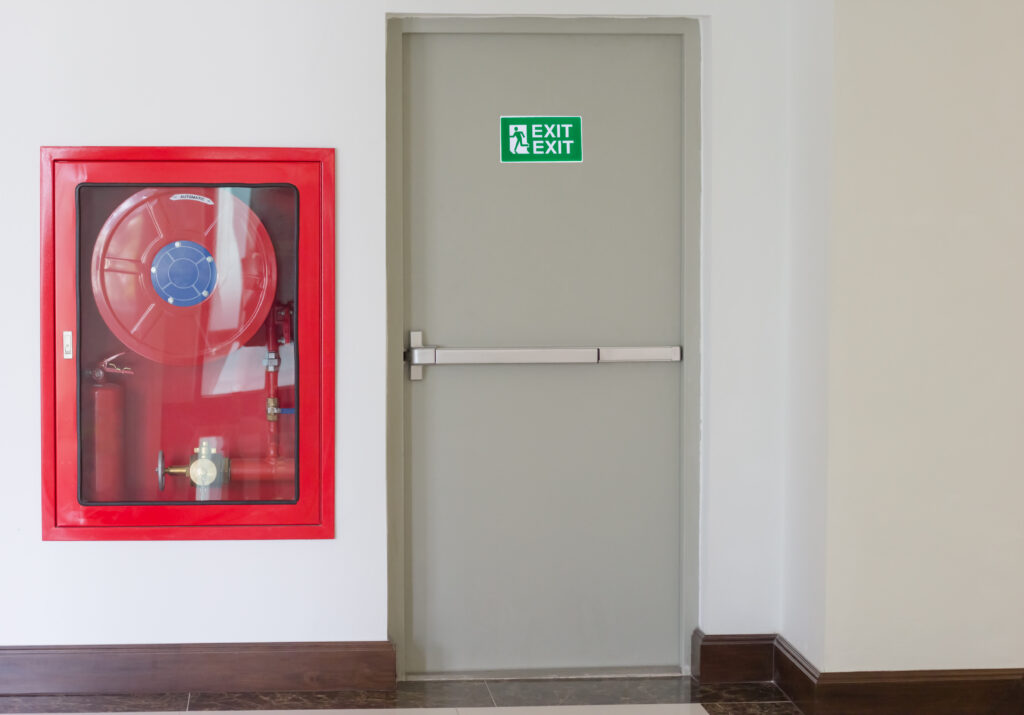What is changing for right to work checks?
The UK Government is introducing changes to the way in which employers are expected to check the right to work of both current and prospective employees.
The right to work status for migrants who hold Biometric Residence Cards (BRC), Biometric Residence Permits (BRP) and Frontier Worker Permits (FWP) can only be checked online from 6 April 2022. The ability to conduct a manual or video call RTW check will be scrapped and employers will no longer be able to accept physical cards for the purposes of a right to work check. This means that BRCs, BRPs and FWPs will be removed from the list of acceptable documents used to conduct a right to work check and any manual or video call checks that are carried out using these cards after 6 April 2022 will not provide the employer with a statutory excuse against a penalty for illegal working.
What will employers and employees need to do?
In order to carry out the check, the visa/permit holder will need to generate a right to work share code online through the government portal and share this with their employer. Along with the permit holder’s date of birth, the employer will be able to input the share code into the employer online service to check the employees right to work. This will then confirm whether the person has the right to work and when their leave expires (if relevant).
What about retrospective checks?
There is no need to carry out a retrospective check if a right to work check was carried out before 6 April 2022 and employers will maintain a statutory excuse against any civil penalty if the initial checks were undertaken in line with the guidance that applied at the time the check was made. If an employer does decide to carry out a retrospective check, they must do so for all of their employees and not simply non-UK nationals to avoid any potential discrimination claims. If the retrospective check comes back and says that the employee does not have the right to work, then employers will need to take the appropriate action to avoid a civil penalty against illegal working from the Home Office.
What about UK and Irish citizens?
From 6 April 2022, a new digital technology will be introduced to allow a right to work check to be conducted for British and Irish citizens who don’t have an online immigration status or a residence permit. The new technology, called the Identification Document Validation Technology (IDVT) will be operated by certified Identity Service Providers who will (for a fee) act on behalf of the employer to carry out right to work checks. The process will still involve people submitting images of their personal documents rather than bringing in the originals but using the IDVT instead of a scan or copy.
How can employers prepare for this change?
- Ensure that the Identity Service Providers that they subscribe to is certified to the required standards; and
- Provide appropriate training and guidance for employees, covering the information that they must obtain from the Identity Service Provider to verify someone’s identity, what the information can be used for and what other requirements they still need to fulfil to establish eligibility to work.
How do you find a provider?
To date, no Identity Service Providers have been registered by the Home Office but the hope is that by 6 April 2022, there will be a list of providers which employers can engage to conduct remote right to work checks on prospective employees on their behalf. The responsibility for the right to work check still remains with the employer though, so employers will need to satisfy themselves that the checks are being conducted in accordance with Home Office guidance.
How does this fit with the other changes?
Unlike the change to checks conducted on BRCs, BRPs and FWPs, employers will still have the option to check British and Irish passports themselves either in person or for now via video call, but from September, which marks the end of the COVID concession, this will need to be by the worker presenting their original documents to their employer and the check being conducted in person.
When are the COVID-adjustments coming to an end?
The Home Office introduced the COVID-adjusted right to work scheme in March 2020 as a temporary measure to allow employers to conduct document checks remotely in light of the pandemic and lockdown restrictions. The scheme, which was originally due to close on 5 April 2022 has now been extended to 30 September 2022.
This will of course no longer be possible for employees with BRP’s, BRC’s or FWP’s from 6 April, but whether adjusted checks can take place for all other groups beyond this date remains to be seen. Given the Home Office’s enthusiasm for online methods though, it’s likely that some form of remote checking will be allowed in the long term whether via an IDVT or otherwise.
How does it work in practice?
- Ask the prospective or existing employee to provide you, the employer, with a scan or photo of their right to work documents
- Hold a video call with the person and ask them to hold up their original documents
- Check the documents shown in the call against the scan/photo – we would also suggest that you check these against the physical appearance of the person on the call and that you take a screenshot of the video call and the person holding up their document.
- Mark the copies with the printed name of the person conducting the check and the wording ‘adjusted check taken on [date] due to COVID-19’.
- By conducting a right to work check in accordance with the adjusted rules between 30 March 2020 and 30 September 2022 employers will be able to defend any allegations of illegal working.
What if the person doesn’t have the right documents?
If the person cannot show their documents, for example because they have an outstanding application with the Home Office, you should contact the Employer Checking Service and obtain a Positive Verification Notice (PVN). This will provide a statutory excuse for six months. After this time a further PVN will be required unless the worker is able to satisfy a fully compliant right to work check in person or a right to work under the adjusted procedure in the interim.
Any individual employed between 30 March 2020 and 30 September 2022 will not be subject to a retrospective manual right to work check where the adjusted procedure was used. However, if it comes to light that an individual employed during the period when an adjusted right to work check was used does not in fact have the right to work, the Home Office will expect you to end their employment.
What happens if an employee is hired illegally?
If an employer is found to be employing someone illegally they may be liable for a civil penalty and conducting a fully compliant right to work check is the only way to be sure of reducing the £20,000 civil penalty to £0.
This is not the only aspect. Should the Home Office deem that you knew or should reasonably have known the individual was working illegally (fully compliant right to work check or not), then this would be dealt with as a criminal case, which can attract an unlimited fine and up to five years imprisonment.
Any civil or criminal sanctions imposed may also affect an employer’s sponsor licence. It is therefore very important to take all practical steps to ensure that all employees have the necessary right to work in the role they have been hired for.
Are there scenarios where the penalty can be reduced?
The Home Office do have the option to reduce the civil penalty where there are mitigating factors but no fully compliant right to work. Usually, they would reduce the penalty by £5,000 for each mitigating factor from the below list of four accepted mitigating factors:
- where the employer has self-reported the suspicion of illegal working;
- where the employer has conducted a partial right to work;
- where the employer has cooperated with the Home Office on the investigation; and/or
- where the employer has generally robust systems in place for the prevention of illegal working.
Where it is a first breach, it is possible to reduce the penalty to £0. However, if it is not a first breach, the penalty usually cannot be reduced to less than £5,000 per illegal worker. It cannot be guaranteed that the Home Office would extend its discretion to reduce the penalties for reasons beyond those listed. The Home Office will also ‘name and shame’ anyone who receives a civil penalty.
If you need further help or advice on right to work checks, get in touch with our dedicated business immigration team.




